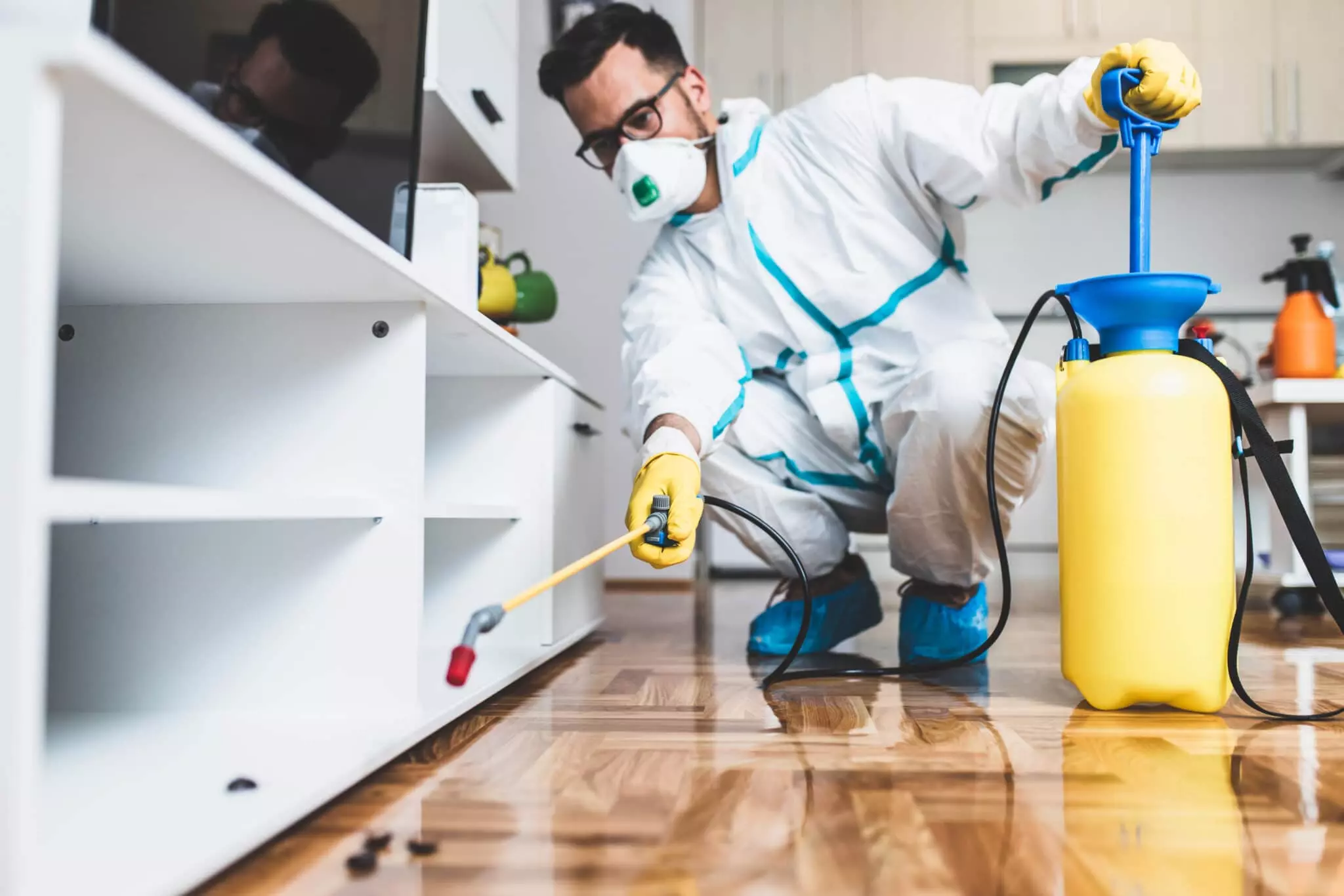A1 Bed Bug Exterminator Charlotte - Efficient and Cost Effective Services
A1 Bed Bug Exterminator Charlotte - Efficient and Cost Effective Services
Blog Article
Bed Bug Therapy Malfunction: Contrasting Chemical Vs. Non-Chemical Solutions
In the world of pest control, particularly when taking care of the relentless issue of bed insects, the option in between chemical and non-chemical therapy services can be an essential one. Both techniques supply distinctive advantages and disadvantages, affecting elements such as effectiveness, safety factors to consider, and overall expense. By checking out the nuanced details of each technique, a more clear understanding of which path to seek in dealing with a bed insect infestation can be attained.
Efficiency of Chemical Treatments
Chemical therapies for bed insect infestations have actually been widely identified for their rapid and powerful efficiency in removing these insects. When thinking about the efficiency of chemical treatments, it is critical to understand that they can supply a detailed and quick solution to a bed bug issue. Professional pest control experts frequently depend on insecticides to target bed insects at various stages of their life cycle, consisting of eggs, fairies, and grownups. These chemicals typically function by disrupting the bed bugs' nerve system, causing paralysis and ultimate death.
Additionally, chemical therapies have the benefit of offering residual impacts, implying that they can proceed to get rid of bed pests also after the preliminary application. This residual activity is particularly valuable in combating any type of possible re-infestations. In addition, the quick activity of chemical therapies can bring alleviation to individuals facing severe bed insect problems, permitting them to restore control of their living spaces swiftly.
Safety And Security Interest In Chemical Solutions
One essential aspect that needs mindful factor to consider when utilizing chemical remedies for bed pest therapy is making sure the security of occupants and the atmosphere. Exposure to specific chemicals used in bed insect therapies can lead to respiratory system issues, skin irritability, or various other damaging reactions, specifically in individuals with pre-existing problems or sensitivities.
In addition, the environmental impact of chemical services is an additional substantial factor to consider. Some pesticides used in bed bug therapies might be unsafe to valuable insects, wildlife, and environments if they seep right into the dirt or water systems. It is necessary to make use of chemical therapies carefully, adhering to safety and security guidelines, and considering less poisonous choices to minimize these threats and guarantee the risk-free and reliable monitoring of bed pest problems.
Benefits of Non-Chemical Methods
Thinking about the possible safety worries and environmental impact related to chemical services for bed pest treatment, checking out non-chemical techniques provides an appealing alternative with a number of distinctive benefits. Non-chemical approaches use a safer alternative for houses, especially those with people, children, or animals sensitive to rough chemicals. These strategies get rid of the dangers of exposure to toxic materials, reducing the potential for damaging health and wellness effects. Additionally, non-chemical therapies are eco friendly, as they do not add to air or water pollution, making them a sustainable selection for parasite control.
Furthermore, non-chemical services can be reliable in targeting bed insects, including hard-to-reach areas where chemical treatments might not penetrate - A1 bed bug treatment original site in charlotte. Approaches such as heat treatment, vacuuming, heavy steam cleaning, and cushion encasements offer complete eradication without the use of hazardous chemicals.
Limitations of Non-Chemical Treatments

In addition, non-chemical treatments commonly need numerous applications to accomplish effective elimination. discover this info here This can be lengthy and may not constantly assure full elimination of all bed bugs and their eggs, specifically in concealed or hard-to-reach places.
Additionally, the success of non-chemical treatments heavily relies upon correct implementation and thoroughness, which can be testing for individuals without expert experience. Inadequate application of non-chemical techniques might cause incomplete obliteration, bring about consistent problems and the need for extra treatments.
Consequently, while non-chemical therapies have their advantages, it is vital to recognize these restrictions and consider them when establishing one of the most efficient approach for handling bed pest infestations.
Expense Contrast: Chemical Vs. Non-Chemical Options
Offered the limitations linked with non-chemical treatments, an important facet to evaluate in the context of bed bug monitoring is the expense contrast between chemical and non-chemical choices. In contrast, non-chemical therapies like heat therapy or steam can be more pricey, with expenses varying from $1,000 to $6,000 for a whole home. While the first expense of chemical therapies might seem lower, numerous therapies may be needed to totally eradicate the problem, possibly boosting the overall cost.
Conclusion

Thinking about the potential security problems and environmental impact associated with chemical remedies for bed pest treatment, discovering non-chemical approaches offers an appealing alternative with numerous distinct advantages.Offered the restrictions linked with non-chemical treatments, a crucial facet to review in the context of bed bug monitoring is the price contrast between chemical and non-chemical options. In contrast, non-chemical treatments like warm treatment or steam can be much more pricey, with expenses varying from $1,000 to $6,000 for an entire home. While the preliminary expense of chemical treatments may appear reduced, several treatments may be called for to fully eradicate the infestation, possibly increasing the general price.In final thought, when comparing chemical and non-chemical bed bug therapy choices, it is vital to think about efficiency, security, advantages, restrictions, and cost.
Report this page